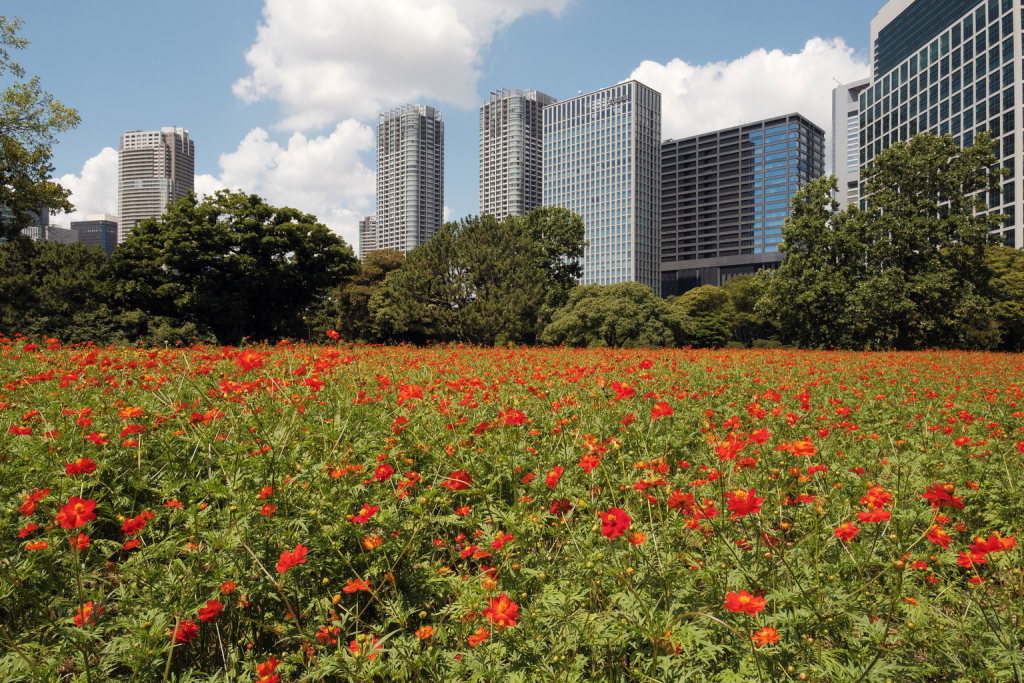A popular, thriving international commercial hub, (due to its easy access from Haneda Airport) Hamamatsucho has recently seen a lot of redevelopment in order to modernize and build on this reputation. With its proximity to Takeshiba Port, it’s also a popular starting point for people heading out on bay cruises or to the Tokyo Islands for a summer break. As tempting as that might be, there are plenty of places in the area, both new and old, that offer peaceful moments of solitude and relaxation whatever the season.
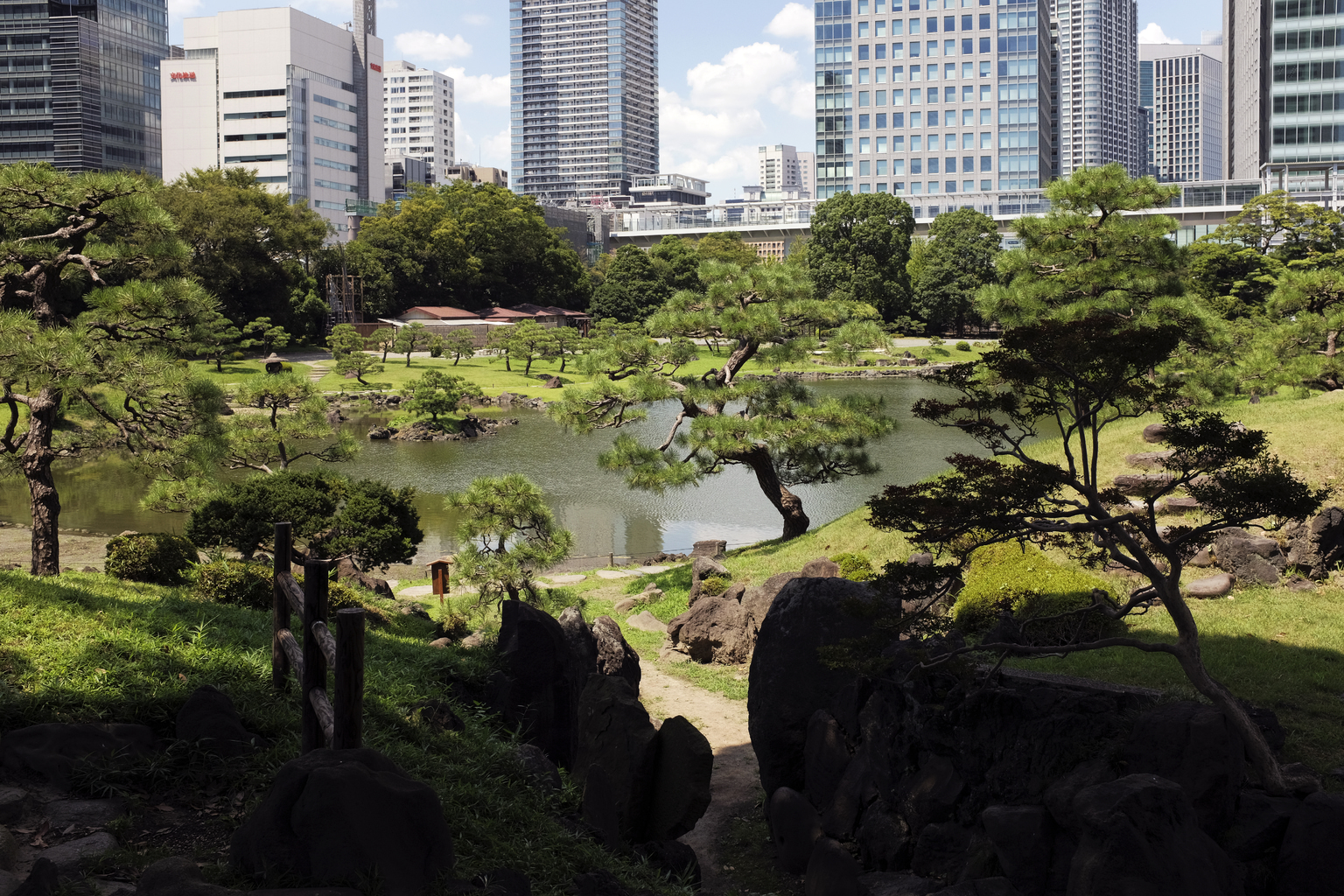
Gardens of Edo
Hamamatsucho is blessed with not one, but two beautiful examples of feudal lord gardens from the early part of the Edo Period (1603–1867): Kyu-Shiba-Rikyu Gardens and Hamarikyu Gardens. The former started life in 1678 as the landscaped residence of Tadatomo Okubo, an official of the Tokugawa Shogunate, before being turned over to the city after the 1923 Great Kanto Earthquake. The serene location contains a large central pond, two small islands and numerous hilltops from which visitors can get a more sweeping view of the scenery. The surrounding modern high-rises intensify both the natural beauty of the park and the contrast between past and present Tokyo.
A little further up, Hamarikyu Gardens is much grander in scale being that it was once the property of Tokugawa Ienobu, the 6th Tokugawa shogun, and a secondary residence for his successors. There are still plenty of vestiges visible throughout the sprawling park, including several reconstructed duck hunting blinds, the remains of an old moat and a teahouse set upon an island within its largest pond. Sipping matcha and looking out across the seawater pond (which changes level with the tides) is a great way to escape the confines of the city and embrace an Edo-era vibe.
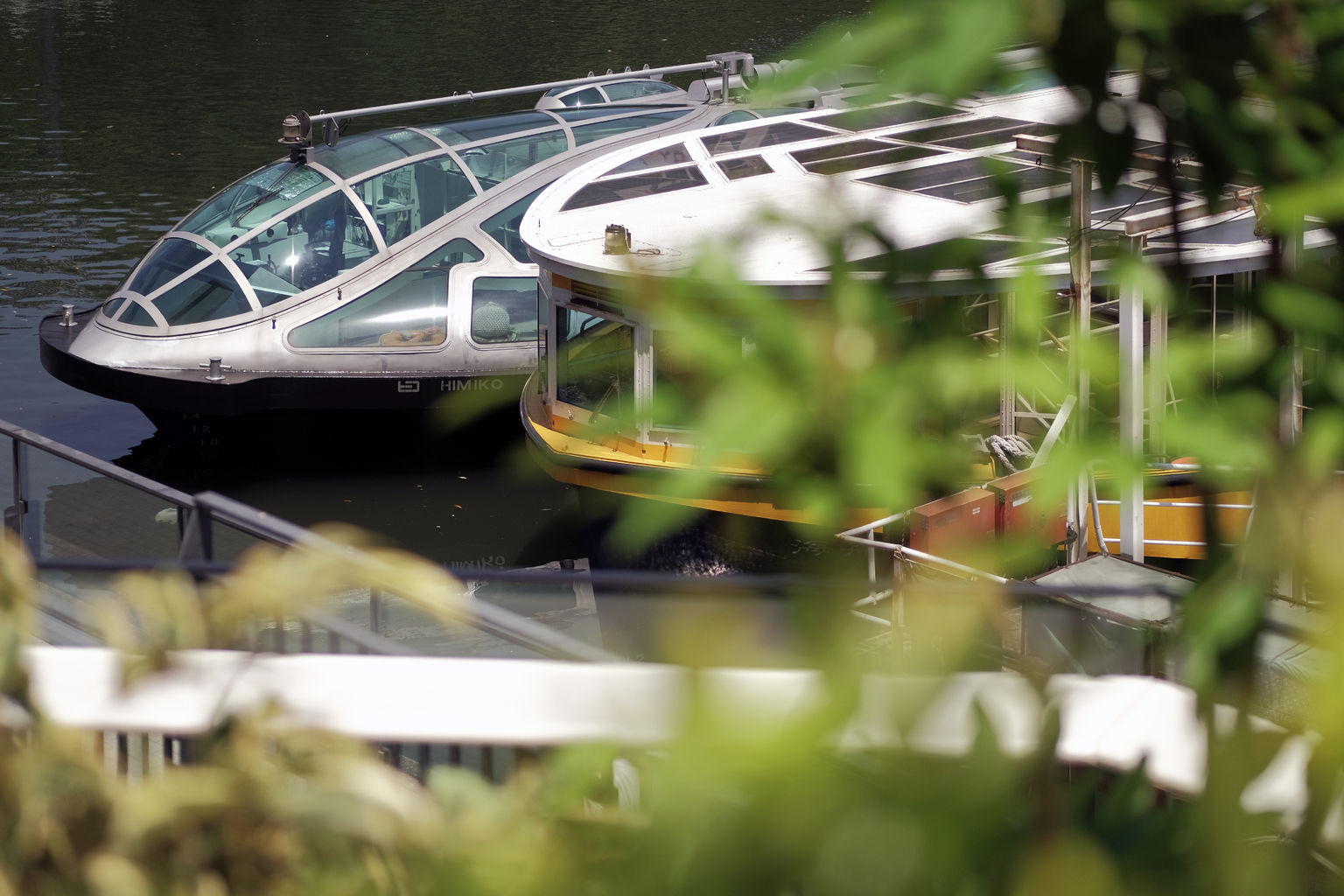
New Beginnings
Distinctly un-Edo-like in its appearance and vibe is Waters Takeshiba. Opened in early 2021 after a pandemic-induced delay, the new multiplex has several facilities under its umbrella which include luxury hotel Mesm Tokyo, Autograph Collection, the performing arts center JR EAST Shiki Theatre Haru/Aki and department store Atré Takeshiba.
The secluded waterfront setting (overlooking part of Hamarikyu Gardens) is great for enjoying a bite to eat from one of Atré’s trendy eateries or supermarkets while watching water buses come and go from the docking area. There are also outdoor promotional events to enjoy, a small grass lawn and, down by the water’s edge, Takeshiba Tideland – a small project aiming to educate people about Tokyo Bay’s natural environment.
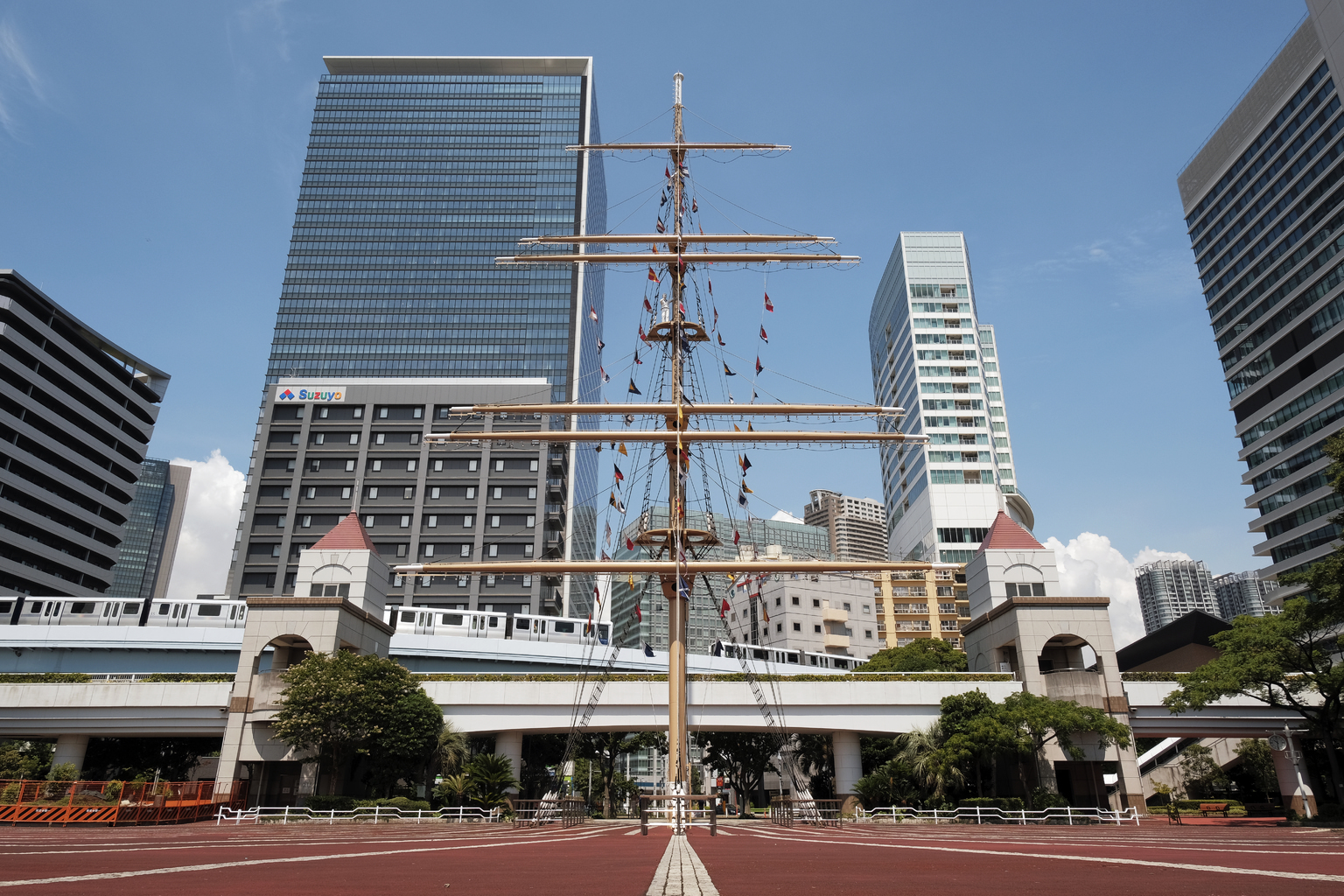
Another addition to the area that opened last year is Tokyo Port City Takeshiba. The majority of the state-of-the-art complex is for businesses and residents, but the lower floors feature cafés, restaurants and spacious terraces to relax on. The green-filled terraces (which include a mini vegetable garden and even a small rice field) make for a pleasantly aromatic and secluded place to hang out in and take five. From the complex, visitors can easily access Takeshiba Pier via an elevated pedestrian walkway and take in great views across the bay.
Even more change is coming too, as the soon to be demolished World Trade Center Building (which was Japan’s tallest skyscraper upon completion in 1970) recently closed its doors and is set to be replaced with a newer, taller structure by 2027.
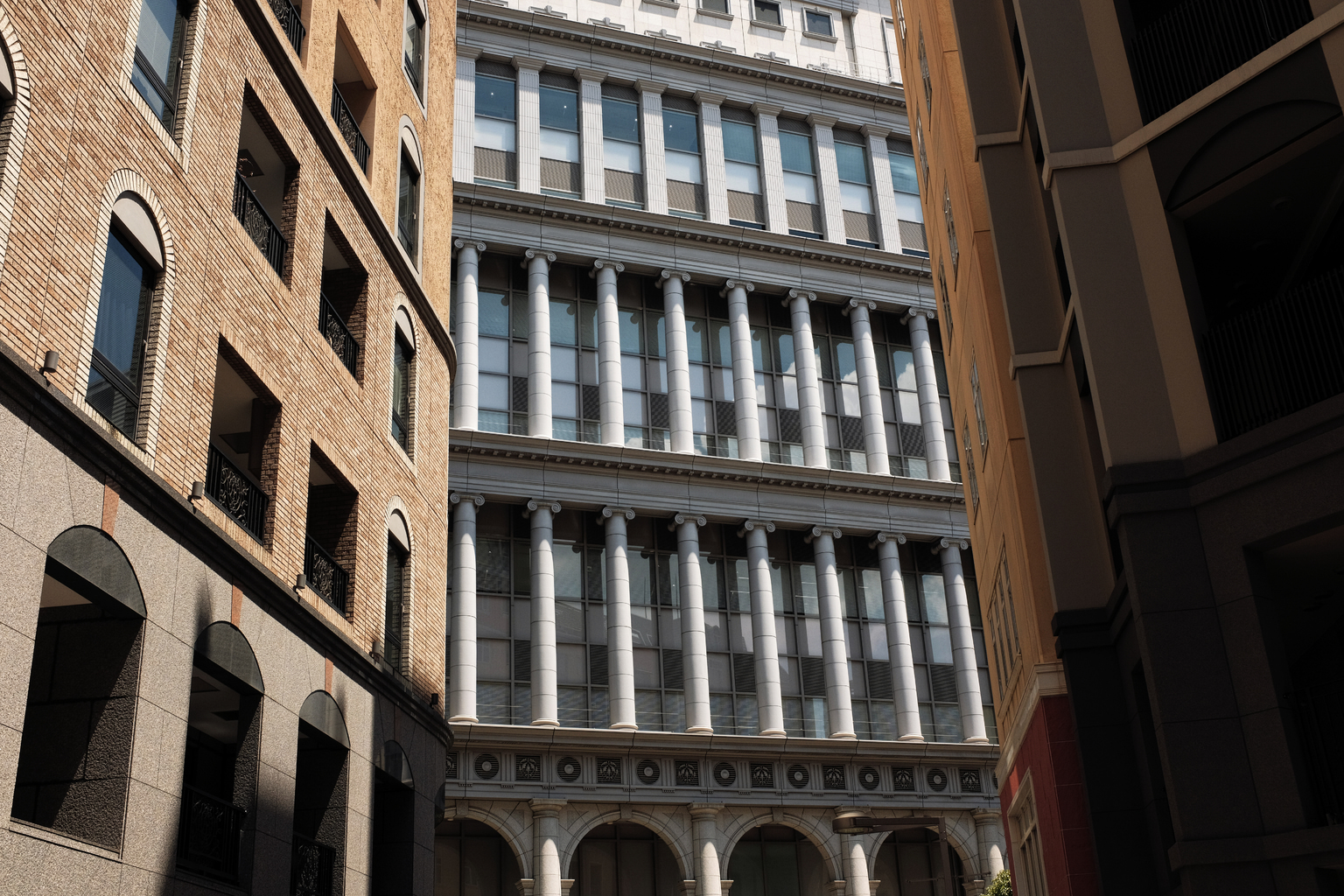
Italian Job
Heading north from the station you’ll soon find yourself surrounded by some very different and very European-looking architecture. Italia Street is designed to resemble a small Italian city block, and with its cobblestoned roads, plaza and Milan-inspired buildings (the most impressive being the colonnades and rounded arches that adorn JRA Wins Shiodome) it certainly has the desired effect.
A short walk away, Italy Park continues the theme. The small but authentic rectangular park (donated in 2001 as part of a project showcasing Italy’s art, culture, design, etc.) is decorated with a water fountain, a set of marble columns and numerous small marble figurine sculptures. Incidentally, there are a couple more noteworthy statues to discover around town. JR Hamamatsucho Station has its very own Manneken Pis and a giant Moyai head can be found outside the entrance to Takeshiba Port.
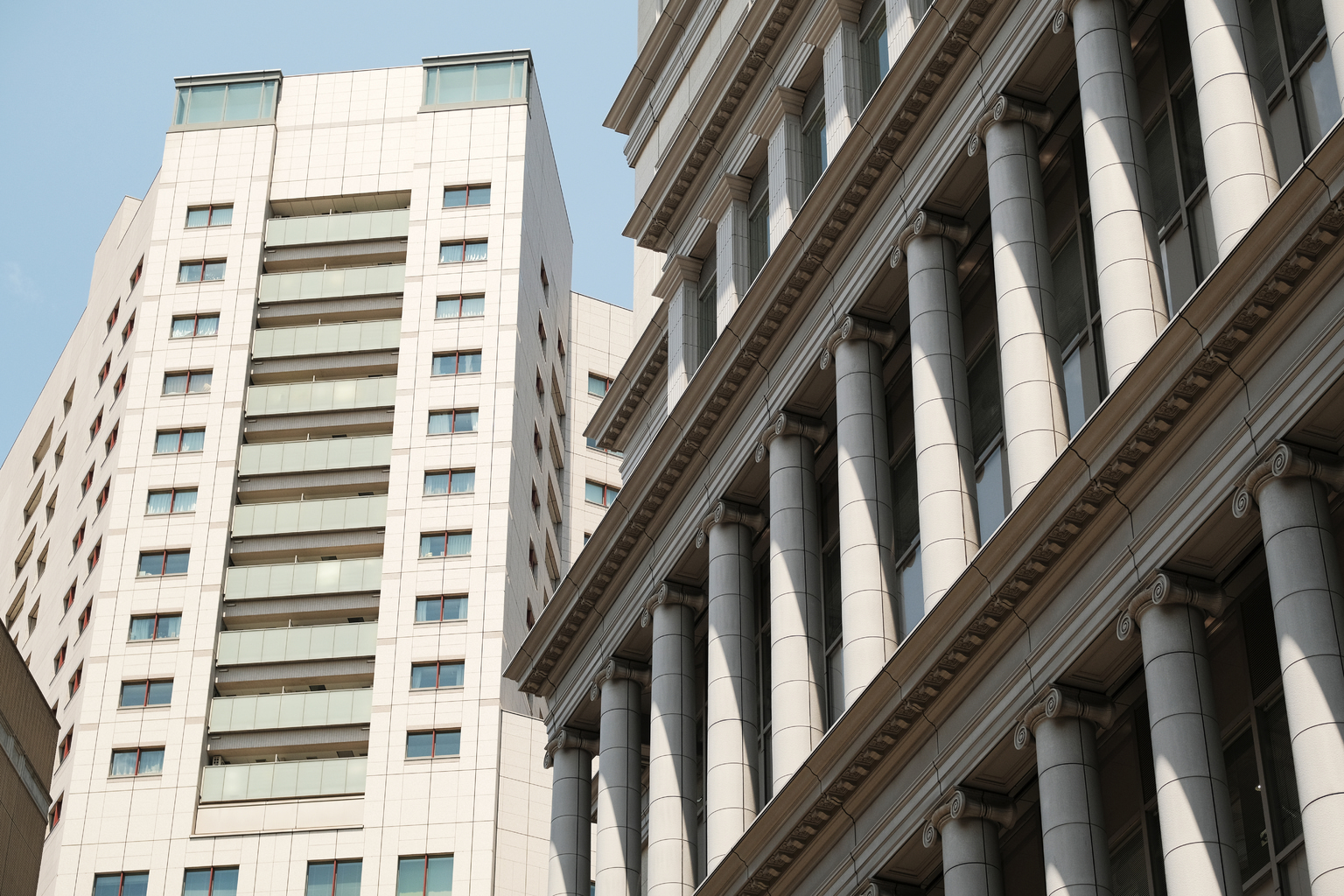
Global Eats
If the Italian surroundings get you in the mood for some of the national cuisine, there are a couple of bars and restaurants near the plaza that will suffice. Another option, however, is to tackle some deep-filled Chicago-style pizza from the Hamamatsuttcho branch of the popular Devil Craft Pizza. The voluminous offerings pair perfectly with a refreshing brew from the ample craft beer selection, including its own locally produced concoctions.
Given the diversity of clientele in the area, it’s hardly surprising to discover both the newer and older parts of Hamamatsucho have plenty of highly rated restaurants serving up quality cuisine from numerous different countries. Tackle some Tunisian specialties over at La Maison de Cous Cous, feast on fancy French fare at the luxurious La Provence or savor some exquisite spices at Masala Kitchen Tokyo to name just a few.
Photos by Stephan Jarvis
Updated On April 8, 2022

